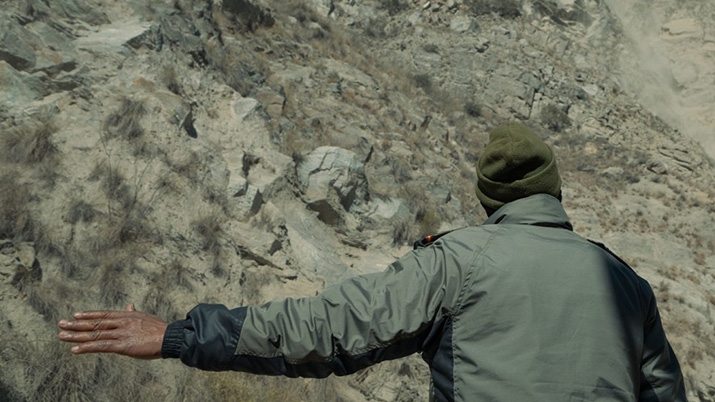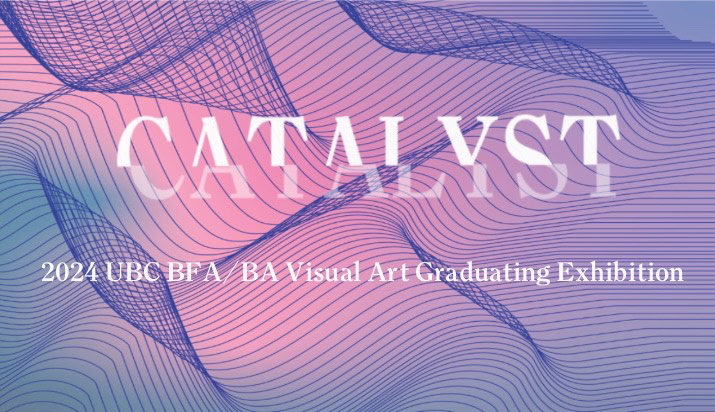Part of the Capture Photography Festival
Dana Claxton works in film, video, photography, single- and multichannel video installation, and performance art. Her practice investigates beauty, the body, the sociopolitical, and the spiritual. Her work has been exhibited widely, including at the Museum of Modern Art, New York; Walker Art Center, Minneapolis; Sundance Film Festival; Eiteljorg Museum, Indianapolis; and the Museum of Contemporary Art, Sydney. She has been an influential teacher at Emily Carr University of Art + Design, Vancouver; the University of Regina; Simon Fraser University, Vancouver; and currently in the Department of Art History, Visual Art and Theory, University of British Columbia, Vancouver. She has received numerous awards including the prestigious VIVA Award and the Eiteljorg Fellowship. Her work is in major collections including the National Gallery of Canada, Ottawa; Canada Council Art Bank; the Vancouver Art Gallery; and the Winnipeg Art Gallery.
Her work was selected for the 17th Biennale of Sydney Biennale (2010); La Biennale de Montréal (2007); Biennale d’art contemporain du Havre, France (2006); Microwave, Hong Kong (2005); Art Star Biennale, Ottawa (2005); and WRO Media Arts Biennale, Wroclaw (2003). She has created commissioned works for the University of Lethbridge Gallery, Alternator Gallery, Winnipeg Art Gallery, Urban Shaman, Moose Jaw Museum, and Art Gallery and Tribe. She has presented talks at the Getty Institute (LA) and the Art College Association (USA) and the Opening Week Forum of the Biennale of Sydney.
Claxton was born in Yorkton, Saskatchewan, and her family reserve is Lakota First Nations—Wood Mountain located in beautiful southwest Saskatchewan. Her paternal Euro-Canadian grandmother taught her how to harvest and preserve food and her maternal Lakota grandmother taught her to seek justice.
When asked to conceive an original work for this site relating to the theme of “the city before the city,” Claxton considered precolonial landscapes and animal nations such as elk, deer, bear, beaver, mink, raccoon, skunk, and coyote populations that circulated through these lands according to their own natural logic. In particular, elk form a crucial aspect of First Nations subsistence and spiritual economy. In the Lakota Sioux community, they hold power as sources of sacred mana, integral to ceremonial life. Elk were plentiful in this area for thousands of years, yet have disappeared in less than two hundred. Those living in the early Musqueam villages could simply open their doors to find the elk. Today, Musqueam people are forced to trade up north and into the interior for elk, as their use remains intrinsic to Musqueam society and culture.
Claxton questions out loud: What does this mean for society today? How are we respecting the “four-leggeds” still among us? What is our relationship with them? Who is responsible for considering them and making sure they are safe? How do we live with them?
She is asking us to ponder the same questions as we look through the grey concrete forest to see the aestheticized elk, alive in a celebration of colour, where it once may have been standing.
Commissioned by the City of Vancouver Public Art Program
In partnership with the Capture Photography Festival and the Canada Line Public Art Program—InTransit BC.


